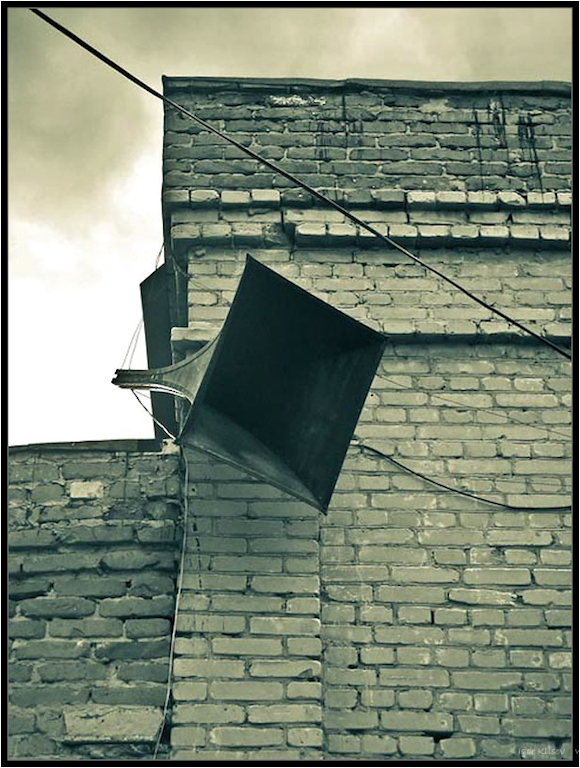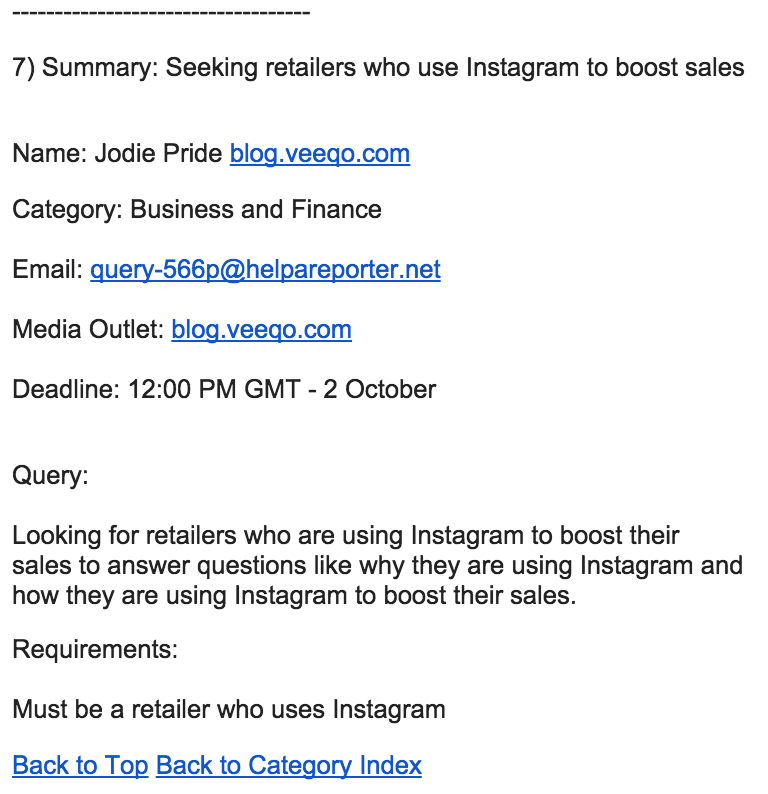Not-so-hot of the press: PR (public relations) is good for your business. It has the potential to funnel traffic to your site, from which your wonderful products and marketing will take them down the rabbit hole to a sale. That said, getting that press coverage can be a difficult task that involves your personal networks, the appeal of your pitch, and a bit of luck. But, before we get down to business, it’s important to get the basics down. In this post, we will describe two forms of PR that many businesses are familiar with – press releases and HAROs.
Press Releases
Oftentimes, when people think of PR, they think of press releases, which are a major part of the field. Press releases are documents that highlight a significant development in a business, and are most often used to spotlight certain milestones. For instance, company launches, new funding, acquisitions, notable new hires, partnerships, and overall positive news are fresh grub for a press release. Plus, the more big names involved – whether it’s a company or a person’s name – the more likely you are to get picked up.
Press releases do come at a price that ranges from a hundred to several hundred dollars if you put them on the wire, which is jargon for a distribution service (see PR Newswire, PR Web, and Cision). For some businesses, that may not mean much, but it’s very important to understand that your press release is not guaranteed coverage. Paying extra usually means it will be dispersed more broadly, but even that is no guarantee that you will receive a meaningful hit. Some news publications automatically pick up press releases and post them to their sites, others may not do so at all – it largely depends on relevancy. Use your best judgement to know if a press release is right for you.
Writing It Up
If you cannot stand writing and simply don’t have the time, public relations agencies and boutiques are all around, so you may want to consider using their services instead if you’re willing to cough up the cash. But let’s get around to writing one of these bad boys if you’re a DIY type of person. Below is the intro of one of our own releases, specifically our API launch:
There’s no written code on how to exactly write up a press release, but here’s a general format. Bold the title, elaborate with a brief sentence below, and lead in with the city, state, date, and company in the first paragraph. An intro should summarize what’s happened, and what you include in the body is pretty much up to you. Talk about what the development means for your business, and use it as an opportunity to provide some insight on the industry or market you’re selling in to give yourself an air of expertise.
At the end of the release is a boiler plate, which is essentially jargon for an “about us” paragraph that briefly explains your business’ background, what you do, your markets, products, mission, and whatever you feel is most relevant or marketable to the audience of the press release. If you’re having trouble writing one up, check out how you talk about yourself on your store and social sites for some inspiration. Below is an example of our very own boiler plate:
HARO
That stands for Help A Reporter Out, one of the easiest and cost-effective ways of getting your business some coverage. Summed up, it’s a free service that connects reporters and journalists with businesses or individuals interested in press. The journalists send out a prompt through the service that typically asks for leads or sources on a particular subject. Three times a day, HARO will shoot out emails that collect each prompt for you to check out. Take a look at the picture below for an idea of how the email looks:
As you can see, prompts are usually separated by topic, and you can usually see the publication the reporter is working with. If you think a prompt is a good fit for you, click on it and see what exactly the reporter is looking for. For small businesses, even individuals interested in press, there’s a lot of potential here. Sometimes reporters will ask for a personal experience that you might qualify for, like entrepreneurial knowledge. Other times, they might be interested in a product you’ve got. For instance, let’s say it’s May and outlets are interested in publishing a collection of products that are great for the summer. If you’ve summer related products, then you should obviously consider responding.
While this is a fantastic service, it’s important that you follow the rules. These reporters get swamped by pitches daily, if not hourly, so be sure to adhere to their instructions to the dot. They typically put some requirements on responses – sometimes there are specific types of sources they want, there’s always a deadline for submitting, and they may request you respond in a certain layout. Once you click a prompt above, this is what will show:
It’s best to please them as much as possible, so follow their guidelines. After all, it only increases your chances of being selected. If you’re lucky and the reporter likes what you’ve got to say, they will reach out and you can go from there. Any reference in an article on a published site is bound to get you some traffic, plus it almost always includes an inbound link that does wonders for SEO and page ranks.
Pitching
The above are standard forms of acquiring press, and there’s also another method called proactive pitching. Take a look at our second blog post on how to begin pitching your small business. There are non-traditional ways of reaching out to a variety of media – whether news publications, sites, or blogs – and you likely have more angles to your business that you can base a pitch around than you may think.
Photo: Flickr, Igor Klisov







